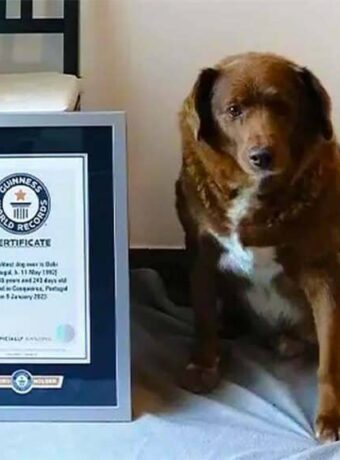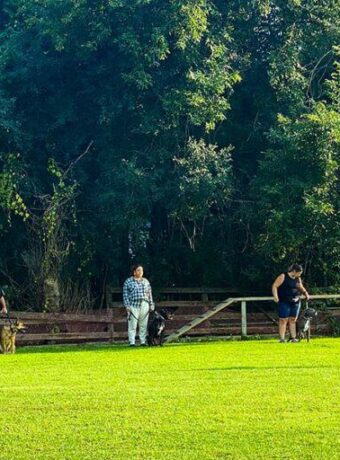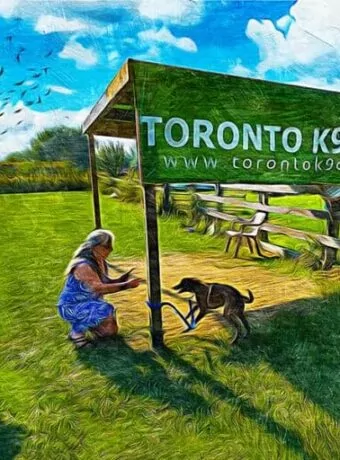Man’s Best Friend

Where did the phrase Man’s Best Friend come from?
Dogs are great companions, always grateful and at times our savior or protector. We’ve all heard and said it before, “Man’s Best Friend”, but where did this phrase come from?
USA – 1821
The first known use of the phrase in the United States was by the Poet C.S van Winkle.
The faithful dog – why should I strive
To speak his merits, while they live
In every breast, and man’s best friend
Does often at his heels attend
USA – 1870
Some years later, the mention of a dog as a best friend was used in the American Supreme Court in 1870. A lawyer George Graham Vest was defending a client that very much loved and cared for his Coon Hound called Old Drum. The lawyer argued that when the man’s neighbor, Leonidas Hornsby killed Old Drum for trespassing, the neighbor took the life of more than just a pet, he killed an important family member. The lawyer went on with a speech that moved the entire courtroom. Charles went on to win his case and Mr. Hornsby was ordered to pay a $50 fine.
Vest’s speech:
“Gentlemen of the jury: The best friend that a man can have, can turn against him and become his enemy. His own son or daughter, whom he raised with love and infinite attention, can show him ingratitude. Those who are closest to our heart, those to whom we entrust our happiness and good name, can become traitors. The money that a man can have can also be lost when he needs it most.
“The only, absolute and best friend that a man has, in this selfish world, the only one that will not betray or deny him, is his DOG.”
If misfortune leaves his master homeless and without friends, the trusty dog only asks the privilege of accompanying his master to defend him against all his enemies. And when the last act comes, and death makes its appearance and the body is buried in the cold earth, it does not matter that all the friends have departed. There, next to the grave, the noble animal will remain, his head between his legs, his eyes sad but open and alert, noble and sincere, beyond death.
Statue of Old Drum – 1958
In 1958, there was even a monument, statue erected in front of Johnson County Courthouse to commemorate and honor the hound, Old Drum. The Plaque on the statue starts off with “A Tribute to the Dog – by Senator George Graham Vest” and then follows with the summation of the speech from the courtroom. A bust of the dog can also be found in the Missouri Supreme Court in Jefferson City.
USA Poem – 1920
This same phrase was also used in a poem “Introduction to Dogs” in 1920 by Author Ogden Nash. You will find the phrase in the very first paragraph of the poem below.
“An Introduction to Dogs” by Ogden Nash
The dog is man’s best friend.
He has a tail on one end.
Up in front he has teeth.
And four legs underneath.
Dogs like to bark.
They like it best after dark.
They not only frighten prowlers away
But also hold the sandman at bay.
A dog that is indoors
To be let out implores.
You let him out and what then?
He wants back in again.
Dogs display reluctance and wrath
If you try to give them a bath.
They bury bones in hideaways
And half the time they trot sideways.
Dogs in the country have fun.
They run and run and run.
But in the city this species
Is dragged around on leashes.
Dogs are upright as a steeple
And much more loyal than people.
Well people may be reprehensibler
But that’s probably because they are sensibler.
Prussia – 1740-1786
Although the phrase Man’s Best Friend is often traced back to Ogden Nash or the Supreme Court in 1870, one of the first recorded instance of the phrase came from Prussia. The phrase “Man’s Best Friend” was documented to have been said in the mid to late 1700’s by King Frederick II (aka “Frederick the Great” 1712-1786) of Prussia.
King Frederick II said, “The only, absolute and best friend that a man has, in this selfish world, the only one that will not betray or deny him, is his DOG.” In this quote, the King was said to have been talking about his Italian Greyhounds. His favorite dog was called “Biche” (pronounced Beesh)
Frederick II was very fond of his Italian Greyhounds and even requested that he be buried along side his dogs and horse upon his death. It was said that the King distrusted anyone that did not have the kindness and love of dogs or other loyal animals.
Voltaire – 1764
Around the same period of King Frederick the Great, we can also find another writer that reference the dog as man’s best friend. This was François-Marie Arouet (aka Voltaire – 1694-1778), a French writer philosopher and historian. He was an advocate for freedom of speech and religion. He produced many works in his life time include one relating to our topic in hand.
In 1764 Voltaire published the The “Dictionnaire philosophique” (Philosophical Dictionary) which was an encyclopedia dictionary. The were alphabetized articles. One of his articles Voltaire wrote the following symbolizing the dog as Man’s Best Friend.
Originally in French
- CHIEN. — Il semble que la nature ait donné le chien à l’homme pour sa défense et pour son plaisir. C’est de tous les animaux le plus fidèle : c’est le meilleur ami que puisse avoir l’homme.
Translated to English:
- DOG. — It seems that nature has given the dog to man for his defense and for his pleasure. Of all the animals it is the most faithful : it is the best friend man can have.
Summary
So there you have it, how did we come by the phrase “Man’s Best Friend”. The first instance of the phrase is really a toss up between “King Frederick the Great” and Voltaire since finding the actual date for King Frederick’s phrase was not possible. Many have listed 1789 as the date, but this is not possible since he died on August 17, 1786.
Are you looking for a Best Friend, at Toronto K9 Center we can find a puppy or adult dog that’s best suited to you and your family. Contact us today – We will not only find the right dog but will make sure they are trained for obedience, personal protection or any type of working dog, security or guard dog.


